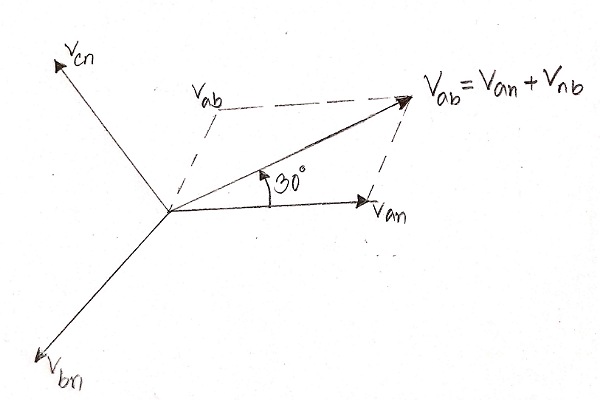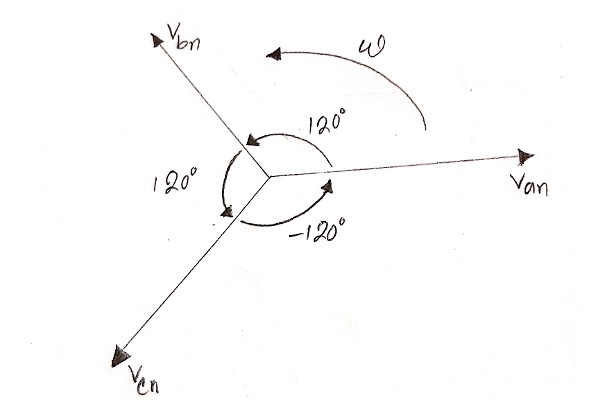What is RYB in three phase system? Have you ever wondered about the three phase system? But why only red, yellow, blue is chosen?
In the electrical world, red, yellow, and blue have been chosen from the seven colors of the rainbow in the three-phase system. In the panel board of the industry, we are used to seeing these three colors in the three-phase system. But have you ever wondered, why these three colors were chosen out of the seven colors of the rainbow? What was wrong with the other four colors? What is RYB in three phase system?
Advantages of segregation
The reason for using different colors is to recognize the phase lines separately.
Now, the question is, all are phases, why do they need to be recognized separately?
Of course there is. For some reason you want to change the phase sequence. Then you can easily get it if it’s a different color wire. If you want to change the phase of the wire of the same color, there will be confusion. Even if you can there will remain a doubt whether the change has been made at all? For example, if there are twin brothers / sisters, it becomes difficult to separate them.
Why use red, yellow, blue colors only?
What is RYB in three phase system? Why use only the three basic colors? Why not the colors?

- The human brain is very sensitive to these three colors
- Our optic nerves can easily sense these three colors.
- The wavelengths of these three colors are almost the same. So, the scattering is even. As a result, it is easy to catch the eye.
- Wavelength of red light = 700 nm Wavelength of blue light = 400 nm Wavelength of yellow light = 550 nm. Now, if you notice, the wavelength of yellow is the average value of red and blue. So, RYB connection would be very good for scattering. The colors will catch the eye very easily.
As we all know, these three phase voltages range from 360 to 440 volts. This is what everyone thinks happens.
If the single phase voltage is 220 volts, then the three phase voltage is supposed to be 3 x 220 = 660 volts. What is the technical secret behind it?
Here, vector addition (in the form of directional sum) is done without doing algebraic addition. Suppose, you walk 6 km north of the house, then 8 km west. Then you walked a total of 14 kilometers but the distance will be only 10 kilometers. Because the calculation will not be based on general algebraic rules. You need to take the help of the vector method. So, we multiply the phase voltage by √3 to find the line voltage in three phase connection.
For this reason, the result of three phase voltage is not algebraically 660 but 220 x 1.73 = 381 ~ 400 volts as a vector result.
I will prove it to you today. If you look at the star connection below, you can see that the phase voltage is Van, Vbn, Vcn respectively. Here n is the common terminal or neutral point of three phases. Again, the line voltage is Vab, Vbc, Vca. Then proving Vab = √3 x Vphase will suffice.


From the figure, the angle between each phase line is 120 degrees. Then the Van line generates a 0 degree angle with itself.
Therefore, Van = Vp <0
The Vbn line has generated -120 degrees along the Van line. So Vbn = Vp <-120
Similarly, Vcn = Vp <-240 or Vp <+120
Now, our goal is to find Vab.
As shown in Figure 2, I have drawn a rhombus by extending Vbn. Now the angle E of the rhombus basically points to Vab.
According to the triangle law of vector we get, Vab= Van + Vnb = Van – Vbn = Vp <0 – Vp <-120 = Vp + 0.5Vp + j √3/2 Vp [conversion from Polar form to Cartesian format] = Vp (1 + 0.5 + j √3/2) = √3Vp <30
That is,
- Line voltage is √3 times of phase voltage
- Line voltage is at 30 degree leading with phase voltage.
Check More Articles


